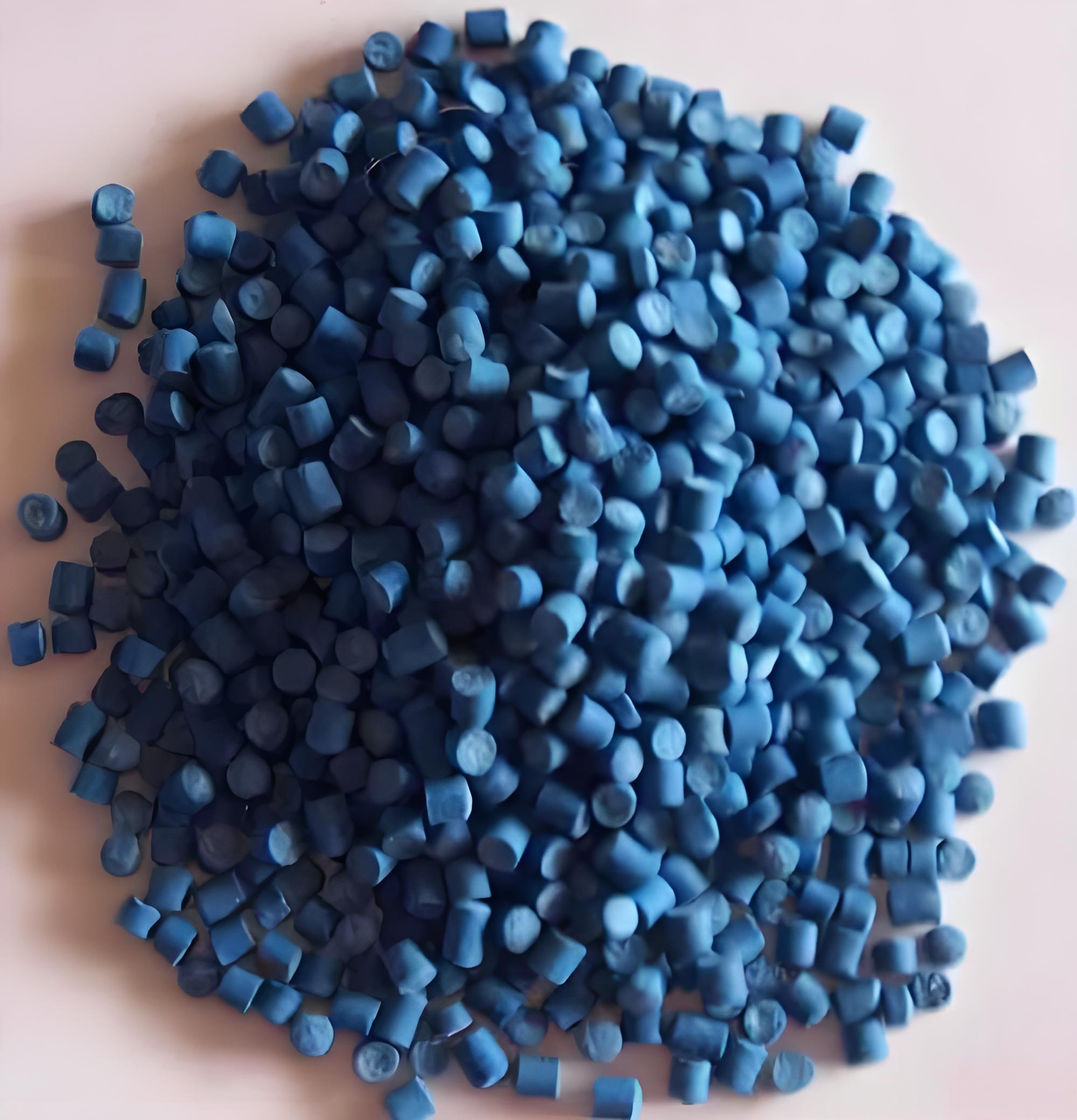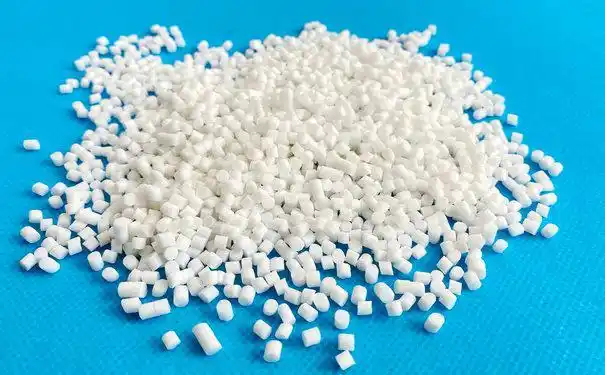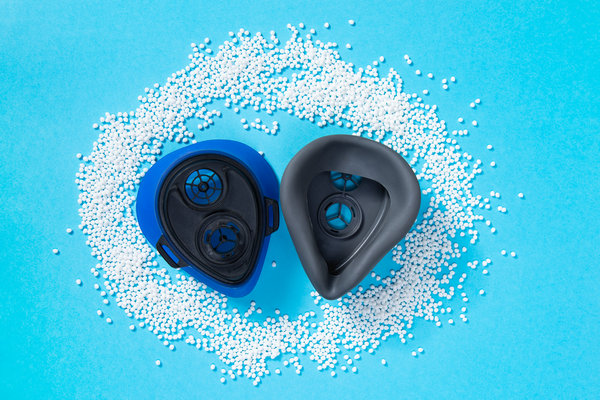Having spent over a decade working in the world of thermoplastic elastomer (TPE) extrusion, I’ve learned that the smallest details can make the biggest difference in getting a perfect product. One question that often comes up, whether from new technicians or seasoned engineers, is how to determine the right die opening size for a TPE extruder. It’s a critical factor that affects not only the quality of the extrudate but also the efficiency of the entire production process. Too small, and you risk excessive pressure or material degradation; too large, and you lose precision in dimensions or surface quality. In this article, I’ll share my insights on choosing the optimal die opening size for TPE extrusion, drawing from years of hands-on experience and industry best practices.

Why the Die Opening Size Matters in TPE Extrusion
When I first started working with TPEs, I underestimated the role of the die opening. I figured as long as the material flowed and the profile looked decent, we were good to go. But a few batches of uneven tubing and warped profiles later, I realized the die opening size is a linchpin in the extrusion process. It influences melt flow, pressure buildup, dimensional accuracy, and even the surface finish of the final product. For TPEs, which combine the elasticity of rubber with the processability of plastics, getting this right is especially tricky due to their sensitivity to shear and temperature.
The die opening size needs to balance the material’s viscosity, the desired shape, and the downstream processing conditions like cooling and pulling. Whether you’re extruding TPE tubing for medical devices or weatherstrips for cars, the die opening sets the stage for success. Let’s dive into how to choose the right size and what factors to consider.
Factors Influencing Die Opening Size for TPE Extrusion
Before I share specific recommendations, it’s important to understand the variables at play. Over the years, I’ve seen how the following factors shape the decision on die opening size:
TPE Type: Different TPEs, like styrenic block copolymers (TPE-S), thermoplastic polyurethanes (TPU), or thermoplastic vulcanizates (TPV), have varying viscosities and flow behaviors. For instance, TPUs are more shear-sensitive than TPE-S, often requiring a slightly larger die opening to reduce pressure.
Profile Geometry: The shape and thickness of the extrudate—whether it’s a thin film, thick tube, or complex profile—dictates the die opening dimensions. Complex profiles with sharp corners need precise die design to avoid distortion.
Drawdown Ratio: This is the ratio of the die opening size to the final product dimensions. TPEs are often stretched after exiting the die, so the opening is typically larger than the final part to account for drawdown.
Extrusion Speed: Faster production rates increase shear and pressure, which may necessitate a larger die opening to maintain flow stability.
Material Additives: Fillers like glass fibers or plasticizers can alter flow characteristics, often requiring adjustments to the die size.
In my experience, the material supplier’s technical data sheet (TDS) is a great starting point, but real-world tweaks are always needed based on your equipment and product goals.
Typical Die Opening Sizes for TPE Extrusion
So, what’s the “right” die opening size? It depends on the TPE type, the product’s dimensions, and the extrusion setup. Below, I’ve put together a table summarizing typical die opening size ranges for common TPE types and applications, based on my work and industry standards. These are guidelines, and you’ll likely need to fine-tune based on your specific setup.
|
TPE Type |
Die Opening Size (mm) |
Typical Drawdown Ratio |
Common Applications |
|---|---|---|---|
|
TPE-S (SBS/SEBS) |
0.5–5.0 | 1.5:1–3:1 |
Seals, gaskets, soft films |
|
TPU (Polyurethane) |
0.7–6.0 | 1.2:1–2.5:1 |
Medical tubing, cable jackets |
|
TPV (PP/EPDM) |
1.0–7.0 | 1.5:1–2.8:1 |
Automotive weatherstrips |
|
TPE-E (Copolyester) |
0.8–6.5 | 1.3:1–2.5:1 |
Hoses, belts |
TPE-S (Styrenic Block Copolymers)
TPE-S materials, like SBS or SEBS, are forgiving due to their relatively low viscosity. When I extruded TPE-S for soft films, we used die openings between 0.5–2.0 mm for thin profiles and up to 5.0 mm for thicker seals. The drawdown ratio was typically 2:1, meaning the die opening was twice the final thickness. For example, a 1 mm thick film might use a 2 mm die opening to account for stretching during cooling.
TPU (Thermoplastic Polyurethane)
TPUs are more challenging due to their shear sensitivity and moisture absorption. I once worked on TPU medical tubing with a final diameter of 3 mm, and we set the die opening at 3.6–4.5 mm to achieve a drawdown ratio of 1.2:1–1.5:1. Larger openings (up to 6.0 mm) were needed for thicker tubes to prevent excessive pressure and ensure smooth flow. Drying the material thoroughly at 80–100°C before extrusion was critical to avoid defects.

TPV (Thermoplastic Vulcanizates)
TPVs, used in automotive weatherstrips, require slightly larger die openings due to their higher viscosity. In one project, we extruded TPV profiles with a final thickness of 2 mm, using a die opening of 3.0–4.0 mm and a drawdown ratio of 1.5:1–2:1. For complex profiles, we sometimes went up to 7.0 mm to accommodate intricate geometries and maintain dimensional stability.
TPE-E (Thermoplastic Copolyesters)
TPE-Es, like those used in high-performance hoses, need precise die sizing to balance flow and strength. I’ve worked with TPE-E for belts, setting die openings at 0.8–6.5 mm depending on the part’s thickness. A drawdown ratio of 1.3:1–2:1 worked well to achieve tight tolerances without overstretching the material.
Calculating the Die Opening Size
Choosing the right die opening involves some math, but it’s straightforward once you know your target dimensions and drawdown ratio. Here’s the basic formula I use:
Die Opening Size = Final Dimension × Drawdown Ratio
For example, if you’re extruding a TPE-S tube with a final outer diameter of 5 mm and a drawdown ratio of 1.5:1, the die opening should be:
5 mm × 1.5 = 7.5 mm
However, this is just a starting point. You’ll need to adjust based on trial runs, as factors like material viscosity, cooling rate, and puller speed can affect the actual drawdown. In one case, I started with a calculated 6 mm die opening for a TPU tube but ended up at 6.5 mm after noticing slight underfill in the profile.
Practical Tips for Optimizing Die Opening Size
Over the years, I’ve developed a few strategies to nail the die opening size for TPE extrusion:
Start with Supplier Recommendations: The TDS often includes suggested die opening sizes or drawdown ratios for specific grades. Use these as a baseline and adjust based on your equipment.
Test Small Batches: Before running a full production batch, I always extrude a small amount and measure the profile. If the dimensions are off, adjust the die opening by 0.1–0.5 mm increments.
Monitor Pressure: Excessive back pressure in the extruder can indicate a die opening that’s too small. I’ve used pressure sensors to keep readings within 50–100 bar for most TPEs, increasing the die size if needed.
Account for Die Swell: TPEs exhibit die swell, where the extrudate expands slightly after exiting the die. For TPE-S, I’ve seen die swell of 10–20%, so I reduce the die opening slightly to compensate.
Fine-Tune Cooling: The cooling setup affects how much the material shrinks post-die. I’ve found that a water bath set at 15–25°C for TPE-S helps stabilize dimensions, allowing for a more predictable drawdown.

Common Challenges and Solutions
Even with the right die opening, TPE extrusion can hit snags. Here are some issues I’ve faced and how I resolved them:
Inconsistent Dimensions: If the extrudate varies in thickness, the die opening may be too large, causing uneven flow. I’ve tightened the opening by 0.2–0.5 mm and adjusted the puller speed to stabilize the profile.
Surface Imperfections: Rough or wavy surfaces often result from excessive die swell or improper cooling. I’ve reduced the die opening slightly and ensured the cooling bath is at a consistent temperature (e.g., 20°C for TPU).
Material Degradation: A die opening that’s too small can increase shear and heat, degrading the TPE. I once had TPV parts turn brittle because the die was 0.3 mm too small, raising the melt temperature beyond 230°C. Opening it up solved the issue.
Die Buildup: Material buildup at the die lip can occur with TPUs if the opening is too narrow. I’ve used a slightly larger die (e.g., 5.5 mm instead of 5.0 mm) and applied a die lip coating to reduce sticking.
Equipment and Environmental Considerations
Your extruder’s design and the production environment play a big role in die opening decisions. Older machines with less precise screw designs may require larger die openings to compensate for uneven melt flow. I’ve also worked in humid environments where moisture caused TPEs to foam at the die. A dehumidifying dryer set at 80–100°C for 2–4 hours before extrusion is a must for TPUs and TPE-Es.
Die design itself matters too. For complex profiles, I’ve used adjustable dies to fine-tune the opening during production. In one case, a custom TPV weatherstrip required a multi-zone die with openings ranging from 2.0–4.0 mm to achieve a consistent cross-section. If your budget allows, investing in a high-quality die with polished surfaces can reduce friction and improve flow.
Advanced Considerations for Specialized TPEs
For high-performance TPEs, like glass-filled TPUs or high-temperature TPE-Es, die opening sizes need extra attention. I worked on a project extruding glass-filled TPU cables, where the higher viscosity demanded a die opening of 5.5–6.5 mm for a 4 mm final diameter, with a drawdown ratio of 1.4:1. The added fillers increased shear, so we also lowered the screw speed to prevent overheating.
For TPE-Es in applications like automotive hoses, I’ve used die openings up to 6.5 mm for thicker profiles, ensuring the melt temperature stayed within 200–230°C to avoid degradation. These materials often require custom dies with streamlined flow channels to minimize turbulence.

Final Thoughts: Precision Meets Practicality
Choosing the right die opening size for TPE extrusion is a balance of science, experience, and trial-and-error. Start with the material supplier’s recommendations, use the drawdown ratio as a guide, and don’t shy away from small adjustments during test runs. From my years on the factory floor, I’ve learned that a 0.1–0.5 mm tweak in die size can transform a mediocre extrudate into a flawless one. Pay attention to your material, equipment, and cooling setup, and you’ll be well on your way to producing high-quality TPE parts.
If you’re facing specific challenges with your TPE extrusion setup, drop a comment with details, and I’d be happy to share more tailored advice based on my experience. Keep experimenting, stay patient, and you’ll find the sweet spot for your die opening size.
Related Questions and Answers
Q: Why is my TPE extrudate inconsistent in thickness?
A: This could be due to a die opening that’s too large or uneven puller speed. Try reducing the die size by 0.2–0.5 mm and ensure the puller is calibrated for consistent tension.
Q: How do I prevent die swell in TPE extrusion?
A: Die swell is normal for TPEs, especially TPE-S (up to 20%). Use a slightly smaller die opening (e.g., 10% smaller than calculated) and optimize cooling to stabilize the extrudate.
Q: What happens if the die opening is too small?
A: A too-small die increases pressure and shear, potentially degrading the TPE. Look for signs like brittleness or discoloration, and increase the die opening by 0.3–0.5 mm.
Q: How does cooling affect die opening size selection?
A: Cooling impacts drawdown and shrinkage. A colder water bath (e.g., 15–20°C for TPE-S) requires a slightly larger die opening to account for more pronounced shrinkage.
Q: Can I use the same die for different TPE types?
A: It’s possible but not ideal. Different TPEs have unique flow properties, so you may need to adjust the die opening (e.g., larger for TPV than TPE-S) or use a custom die for each material.





